Within sight of busy tourist mecca Marco Island, Florida, but a lifetime away, lies the 10,000 Islands National Refuge and the Everglades National Park coastline. Literally 10,000 islands dot the southwest Florida coastline south of Marco Island just above the Florida Keys. These islands harbor some of the best fishing in the world … and a cruising mecca for those adventurous enough to brave the bugs and shallow water to discover its joys.

Indian Key Pass is a mere half day sail from Marco Island and only that long because normal draft vessels cannot cut across the Romano Shoals until almost to the marker marking the southern end. Really shallow draft vessels might be able to traverse the Big Marco River and encounter the 10,000 Islands up by Goodland – the river depths are sufficient for most vessels, although the bridge creates difficulty for sailboats. The real problem lies just outside as the river empties into the bay, depths of 3 feet or less are common – and calls to TowBoat US and SeaTow are frequent on the VHF.
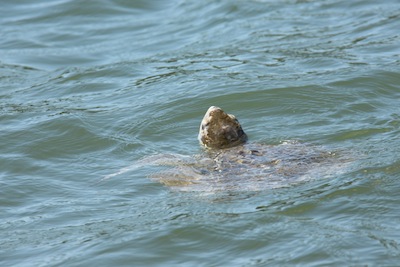
Crossing Romano Shoal just north of the marker where charted water shows 14-17 feet, paying careful attention to the electronic charts because on either side of the narrow cut throughs lies 2-3 feet shallows just waiting to tangle a deeper draft vessel. But with a bit of vigilance, the dark blue channels are easily seen, especially during periods of high sun – 10 AM – 2 PM is best.
Once through the Romano Shoal, the sail across to Indian Key Pass is primarily in 8-10 feet of water, not clear, but often teeming with fish jumping and other sea life – sea turtles and playful dolphins are usually common, rays splashing a bit less common with an occasional tarpon, sailfish or other larger fish seen jumping clear of the water. Usually a great sail.

Approaching Indian Key Pass is easy – spot the #1 marker just outside – electronic charting is a big bonus here because literally the 10,000 Islands all look alike and there are so many channels and mazes, it’s easy to confuse one with another. Once #1 is spotted, it’s an easy traverse up a well marked channel. Some boats choose to tuck in behind Indian Key or if the wind is from the East, even outside to make a quick get away the next morning enroute to the Keys.

Others, like us continue up the well marked channel, avoiding one or two shallow spots clearly charted, until reaching Green #7, just before Russell Bay on the left. The channel continues well marked all the way to Everglades City, but the depths preclude deep draft vessels, although many trawlers and catamarans enjoy going all the way up to dock at the historic Rod & Gun Club.

At the Green #7 close aboard, turn to port toward Russell Bay. There’s a shoal jutting out from the point on your starboard side once you make the turn, but there’s also shallow water on your port side, so just inch in slowly. It’s a good idea to go in on a rising tide at at least mid-tide until you know the depths. We know alot of boats, including us with our 5 1/2 foot draft who have bumped getting out of this anchorage. Proceed slowly sounding your way to pick a spot to drop the hook. Keep in mind if the wind is light, farther out is better for less bugs. Out of the dozen times we’ve been in this anchorage, we’ve only had serious bugs (noseeems) twice, and one of those we chose to anchor up Russell Creek and the wind died in the middle of the night leaving us hiding under our sheets with noseeems at sunrise.
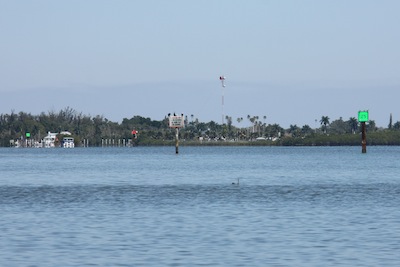
Be sure to back down and make sure it’s well set because the current switching is a major factor in this anchorage, making boats dance all around their hooks. If the wind is from the opposite direction as the current and not strong, frequently we have cocktails with the wind blowing into the cockpit and the boat held in place by the current strength.
After making sure your hook’s well set, you’re ready to enjoy the anchorage. It’s a mangrove anchorage, safe in a norther because of the protection from almost every direction, less so from the southerly components because of the fetch across from the outer islands, but still not open water.
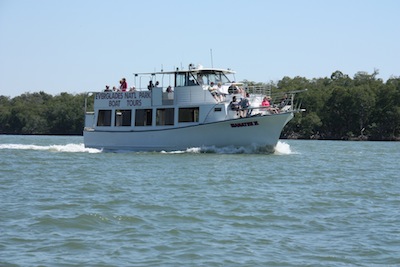
So what’s to do in this seemingly isolated spot? You’re only a few mile dinghy ride up the channel to Everglades City with it’s old Florida fishing town charm, the historic Rod & Gun Club, Everglade tourist attractions, Everglade Visitors Center, fish markets and restaurants, local flavor grocery store, fairly well-stocked hardware store, a Tohatsu outboard repair and lots of ambiance. Here’s a photo essay to give you the flavor.




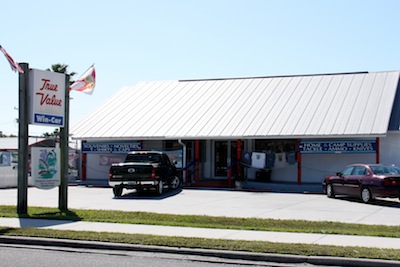
And just down from True Value Hardware alongside the US Post Office is a fresh veggies & fruit stand that’s wonderful for restocking fresh produce.


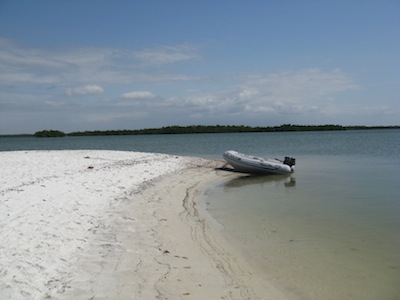
Along that vein, cell service in the 10,000 Islands is intermittent at best. In Everglades City it’s fine, in the Russell Bay anchorage it’s spotty and it comes & goes. So when we used my IPhone Navionics as a GPS tracking device, we found it less than 100% reliable. But we’re familiar enough with the area that we make our way back.
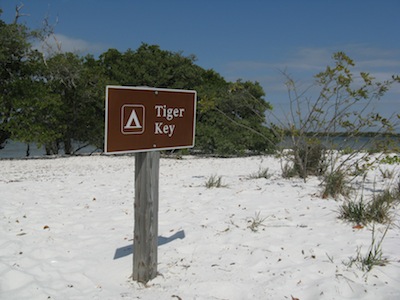
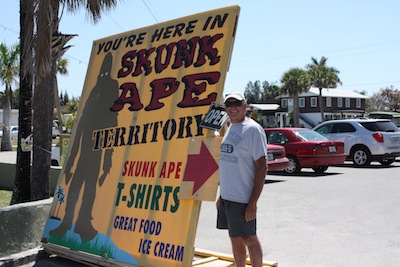
When we day hop to the Keys instead of doing a direct overnight from Boca Grande Pass, Indian Key and the Russell Bay anchorage is always one of our favorite stops. It’s big enough for several boats, but make sure they’re well spaced due to the switching current and the twice daily anchor dance. Also don’t forget to factor in the tide-swing which depending on the time of year can be as much as 3-4 feet! And ENJOY!!!
Do you have comments or more info to share about Indian Key/Everglades City? Please leave a comment and share!Cheers! Jan


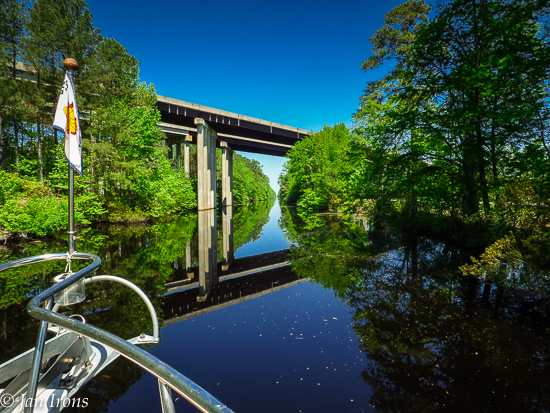








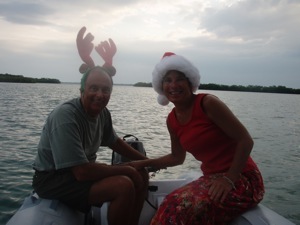

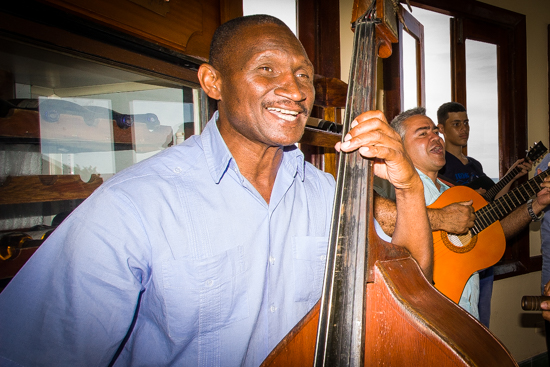
What do you like or dislike about cruising the Everglades?
We regularly transit the Marco river at any tide and only ran aground once, when we exited on the wrong side of coon key. We draw 4 feet, mast height 51.